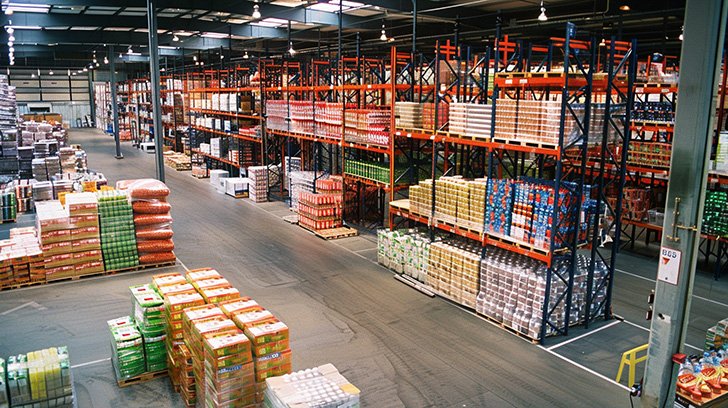Request a free offer
We look forward to learning more about you and your project.

Food Logistics is the process of planning, organising and executing the transport, storage and handling of food along the entire supply chain.
It includes all activities that are necessary to ensure that food gets from its point of origin to the end consumer without compromising the quality, freshness and safety of the products.
In order to ensure that food arrives at the customer in optimal condition, a number of requirements must be met, which are discussed in more detail below.
Cool chain: Especially for perishable goods, maintaining the right temperature during transport is crucial. Special refrigerated transport and refrigeration technologies, such as refrigerated containers or refrigerated vehicles, must be used here.
Food hygiene: Compliance with food hygiene standards is essential to prevent contamination and the development and spread of pathogens. Appropriately trained personnel are needed here to ensure the correct handling of food as well as the regular professional cleaning of transport and storage facilities.
Transport duration: Especially with slightly sensitive foodstuffs, it is essential to keep the transport duration as short as possible in order not to interrupt the cold chain and to ensure "just-in-time" delivery. This requires efficient planning and organisation of the routes to avoid unnecessary delays.
Shelf life expiry date: The best-before date (BBD) is of crucial importance in food logistics. The best-before date must be monitored throughout the logistics process and it must be ensured that the products reach the consumer before the best-before date expires.
Retraceability: According to EC Regulation 178/2002, food must guarantee batch traceability throughout the entire process. It is important that all relevant data and processes along the supply chain are fully traceable.
This includes information about the supplier, the transporter, the storage sites and the parties involved. By keeping this information, recalls or other measures can be carried out quickly and effectively if necessary.
Product storage: Proper product storage in Food Logistics includes different storage areas, depending on the requirements of the different food products. The three common storage areas are:
Compliance with these requirements is of utmost importance to ensure the quality, safety and freshness of the food throughout the entire logistics process.

We look forward to learning more about you and your project.